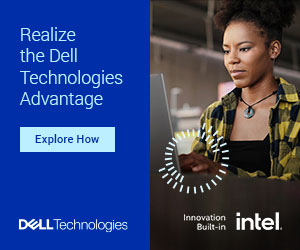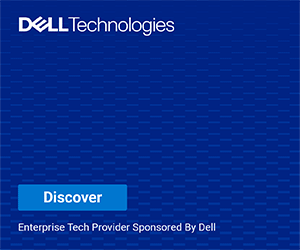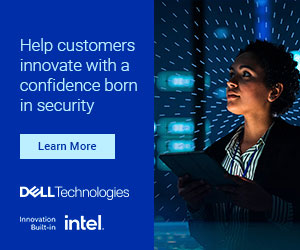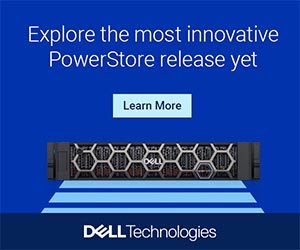Intel’s vPro platform offers built-in features that enhance performance, security, manageability and stability for business PCs and other devices. Among its many features, vPro includes Intel Active Management Technology, which enables IT administrators to remotely manage and troubleshoot devices, even when they’re turned off.
A vPro-enabled fleet gives IT staff the option to remotely deploy software updates, troubleshoot issues and implement security features. With this functionality, users can get help for their ailing business PCs and other devices nearly anywhere in the world. That’s especially valuable for a hybrid workforce whose members spend less time in traditional offices than ever before.
Increased security comes with the territory. Aided by additional hardware elements at the silicon level, organizations can use the vPro platform to help protect against malware, firmware attacks, unauthorized access and the ever-increasing threat of ransomware.
Provisioning gets easier, too. As new people join the team, IT staff can set up additional devices from afar. That process may include deploying OS updates, adding or updating software and applying security settings that keep the entire network safe.
With all the increased efficiencies vPro provides, CFOs may come to love the platform as a cost-cutting measure. Remote management translates to fewer on-site visits and less downtime, which is good for your bottom line. However, the most substantial savings may come from sidestepping a potentially catastrophic cyber attack.
The tech under the hood
Let’s start with processors. If you want the vPro badge, you’ll have to spring for a high-end Intel Core i5, Core i7 or Core i9. Xeon server-class processors are also an option.
Nowadays, that means a 13th-generation chip with up to 24 cores, each capable of operating at up to 6GHz. Is that much power really necessary for business applications? No, but there’s no rule against doing some hardcore gaming on your lunch break.
vPro systems must also include a BIOS with a Trusted Platform Module (TPM). And they’ll need to support Intel’s Trusted Execution Technology (TXT), which checks that the boot process and system software match a cryptographic signature. If there’s no match, there’s no boot.
Modern businesses searching for ways to work smarter, not harder, may also like to know that the vPro platform is no longer just for PCs. The latest build of Intel’s premium business tech can now be deployed in digital signage, interactive kiosks, industrial equipment and collaboration solutions.





















